Land, Surface and Ground Water- 1 | Geography Optional for UPSC PDF Download
Introduction
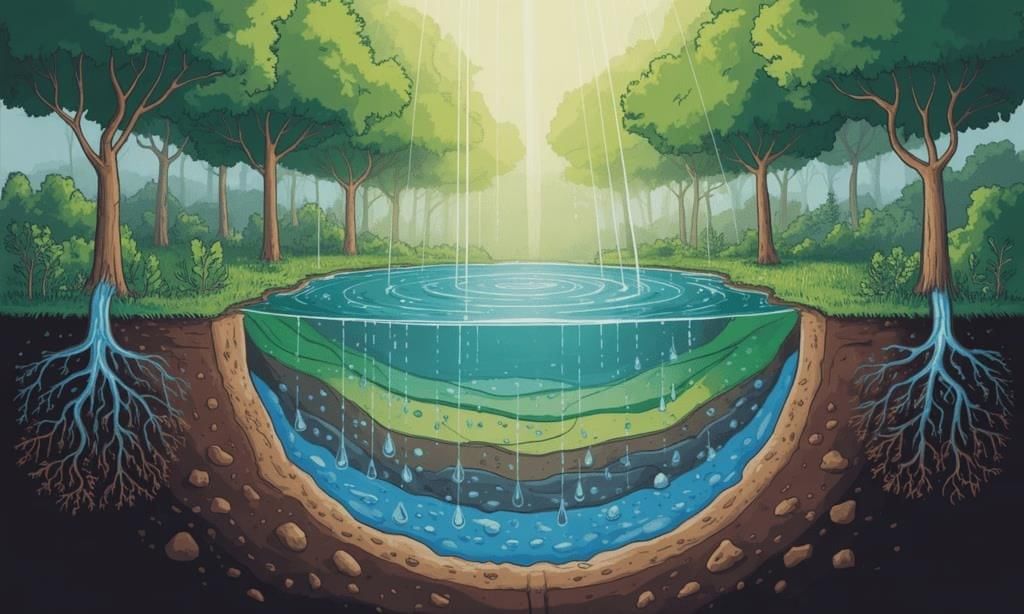 In the earlier units, we explored our environment and the role of ecosystems in supporting various forms of life, including humans. We also learned about the importance of the environment and how energy from the sun is transferred to producers like trees and algae, then to herbivores, and finally to carnivores. In this unit, we will focus on the resources that nature provides, which are essential for the survival and development of all living beings.
In the earlier units, we explored our environment and the role of ecosystems in supporting various forms of life, including humans. We also learned about the importance of the environment and how energy from the sun is transferred to producers like trees and algae, then to herbivores, and finally to carnivores. In this unit, we will focus on the resources that nature provides, which are essential for the survival and development of all living beings.
- The excessive and uncontrolled use of land for farming, grazing, or collecting plant materials has harmed plant communities and their ability to recover.
- Mining and pollution have caused both quantitative and qualitative damage to our water resources.
- Industries introduce toxic waste into water bodies, making them unusable.
We need to conserve and protect our land and water resources because they are not unlimited. As the demand for these natural resources keeps increasing, we must use them more efficiently and look for alternative sources or substitutes. It is important to understand their availability and limitations to use them wisely.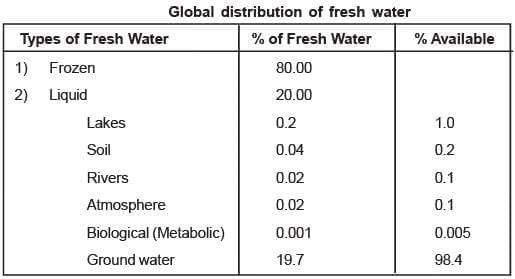
Renewable and Non-Renewable Resources
Our resources can be broadly classified into two types: renewable and non-renewable. A resource is defined as any useful information, material, or service. We can differentiate between:
- Natural resources. Goods and services provided by the environment.
- Human-made resources. Cities, buildings, institutions, and other artifacts.
- Human resources. Wisdom, experience, skills, and enterprise.
Natural resources can also be divided into two categories:
- Some resources, like vegetation, are replenished naturally over time and are called renewable resources. Examples include forests, pastures, wildlife, and aquatic life. Water is also renewable because it gets recycled.
- Other resources, such as minerals and fossil fuels, cannot be regenerated once used. Mineral deposits take millions of years to form, and once depleted, they are gone forever. For instance, fossil fuels like petrol and coal are consumed and cannot be recovered. These are known as non-renewable resources.
Soil formation is slow, making topsoil a non-renewable resource as well.
Renewable Water Resource
Water is one of the most crucial components of life. Although it may seem abundant, our usable water resources are limited.
- Human survival has long depended on the relationship between societies and land and water resources. This relationship has evolved as early human settlements often flourished near rivers but sometimes perished due to floods, often caused by poor watershed management.
- Over time, humans have understood the cyclical relationship between water and land, leading to the construction of tanks using advanced engineering techniques.
- Freshwater is vital for sustaining human life and is considered one of the essential elements among earth, fire, air, space, and water.
However, only about 1% of all water on Earth is readily accessible for use. Of this amount:
- Approximately 73% is used for agriculture.
- About 20% is allocated to industry.
- The remaining portion is used for domestic needs, including drinking and recreational activities.
Globally, less than 3% of all water is freshwater. The breakdown of freshwater resources and their availability is shown in Table 4.1.
From Table 4.1, it is clear that only one-fifth of freshwater is available in liquid form. This limited amount is replenishable and is crucial for repeated human use. More than 90% of this scarce resource exists as groundwater, with only 1% found in lakes and ponds. The soil profile contains 0.2%, while rivers and the atmosphere hold double that amount. India is fortunate in terms of total annual rainfall.
Water Availability
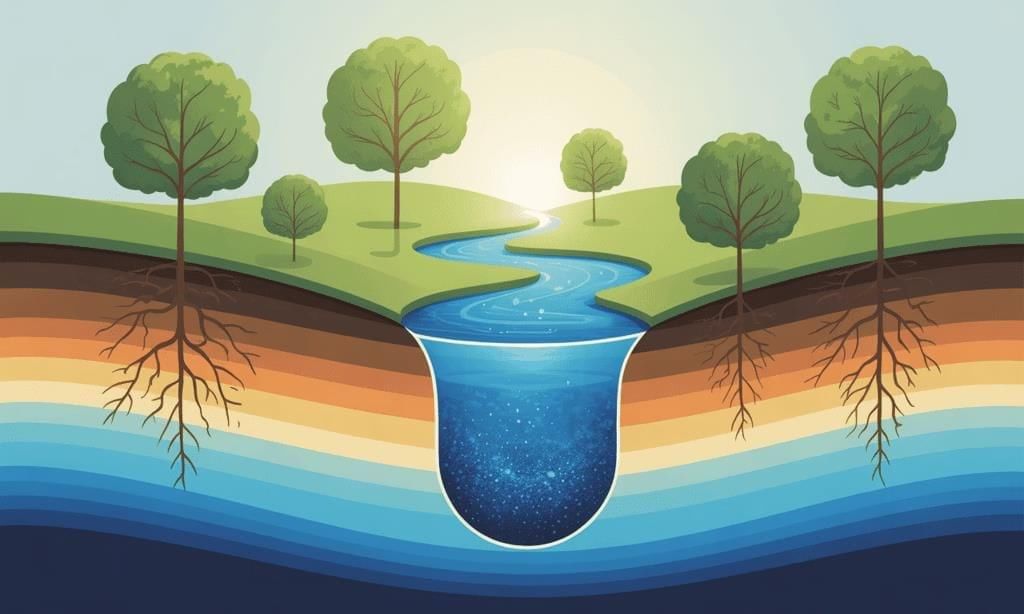
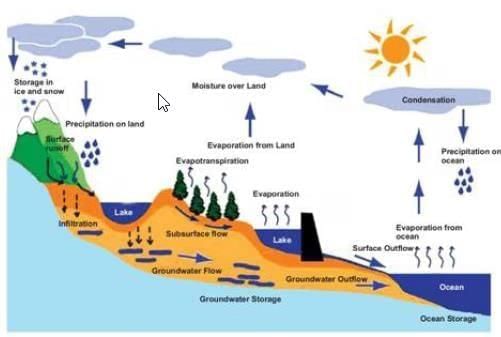
The average rainfall received is 400 hm (hectometres), out of which 185 hm is available as surface water, 50 hm is stored as underground water, and 165 hm is retained in the soil.
The total amount of fresh water is more than enough to meet current and future human needs. However, due to its uneven distribution and significant seasonal and yearly variations, water scarcity is a constant issue in many areas worldwide.
Water is essential for various purposes, such as irrigation, navigation, hydroelectric power generation, and domestic and industrial use, yet it is often limited. Therefore, it is crucial to use water resources wisely.
Water Cycle (Hydrological Cycle)
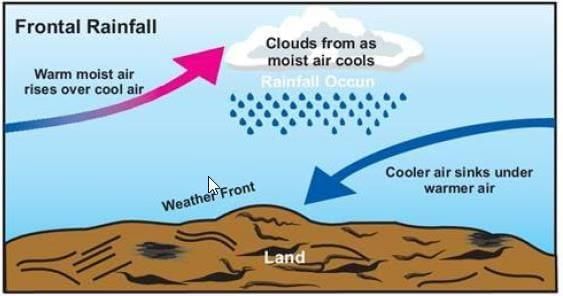
Precipitation: This includes all forms of moisture falling to Earth, such as rain, snow, hail, sleet, and dew. Moisture entering the atmosphere through evaporation condenses into liquid (rain) or solid (snow, hail, sleet) before falling back to the ground.
Condensation is the process where water changes from vapour to liquid (in the form of dew droplets). Deposition occurs when water changes directly from vapour to solid (ice crystals). Tiny water droplets and ice crystals form clouds in the atmosphere. Most of Earth's water is in the oceans, while rainfall adds to freshwater supplies.
The water cycle is powered by solar energy, which evaporates water from seas and land. Vapours condense to form clouds, carried by wind currents. Rain and melted snow replenish rivers, which flow back to the sea.
Runoff: Rainfall can soak into the soil, while excess water flows over the surface, following the natural slope. Runoff is the primary water source for lakes and rivers, which eventually drain into the sea. This flowing water causes soil erosion and weathering of rocks. Excess runoff during heavy rain can lead to flooding.
Sublimation: This is when solid water changes directly to vapour without becoming liquid. An example is when ice flakes gradually disappear in below-freezing temperatures.
Evaporation: This is when liquid water turns into vapour at normal temperatures. Water evaporates from all bodies of water and wet surfaces, with the ocean being the largest source of atmospheric water vapour.
Transpiration: This refers to the loss of water vapour from plant leaves. On land, transpiration can be significant; for instance, one hectare (2.5 acres) of corn can lose about 35,000 litres (8,800 gallons) of water daily.
Forms of Water
- Fresh Water: This water is a universal solvent and contains many soluble salts. The total salt content in fresh water is under 1.5 percent. Various soluble salts, released by rock weathering, soil erosion, and organic decay, dissolve in fresh water, which is important for aquatic plants and phytoplankton.
- Brackish Water: This water has a higher salt content than fresh water, ranging from 0.5 to 3.5 percent. It is a mix of fresh and sea water, typically found in estuaries where rivers meet the sea.
- Marine Water: Sea water is highly saline, with an average salinity of 35 parts of salt per 1,000 parts of water (3.5%). Some salt lakes can also exceed this salinity. The high salt content limits the types of life that can thrive in these waters.
Overexploitation of Surface and Groundwater
Water that falls as precipitation seeps into the soil and through rocks, accumulating as groundwater. The layer of rock through which it filters is called an aquifer, and water can be accessed by digging wells. Groundwater is found in two soil layers:
- The zone of aeration, where soil gaps are filled with both air and water.
Water Sources and Their Significance
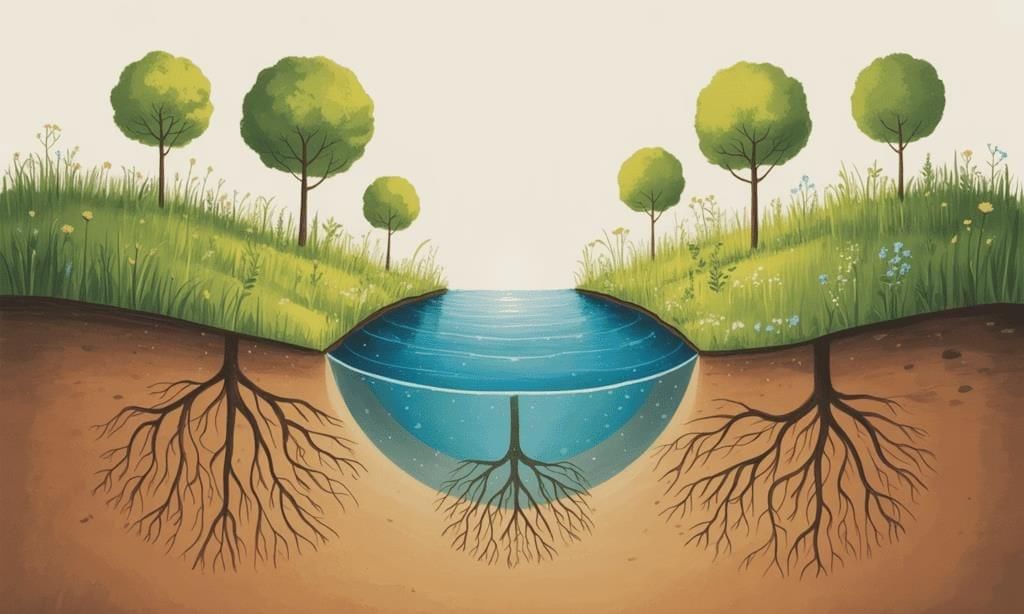
Groundwater is a crucial resource, found below the Earth's surface, where soil and rock particles are filled with water. This water is stored in the gaps between these particles. Surface water and groundwater are vital for human survival and are renewable resources. Groundwater is stored in aquifers, which are underground layers of rock that can hold water. The water table, which is the upper surface of the saturated zone, can rise or fall depending on the amount of groundwater available. Groundwater is a reliable source of water as it is less likely to dry up under natural conditions. Surface water includes rivers, streams, ponds, lakes, reservoirs, and wetlands. These bodies of water are part of the water cycle and are also renewable resources, although their availability depends on various factors such as rainfall and evaporation.
Water Use in Agriculture
Agriculture is the largest consumer of water globally, using nearly 70% of available water each year. In Asia, this figure is even higher, reaching 86% of total water withdrawal. In contrast, North and Central America use 49% of their water for agriculture, while Europe uses 38%. The Green Revolution in India led to increased agricultural production, particularly of wheat and rice, through intensive use of water for irrigation, flood control, and drainage.
To ensure future agricultural production is sustainable, it is essential to develop water-efficient practices that increase productivity while using less water. This can be achieved through:
- Improving the efficiency of irrigation systems
- Developing technologies that reduce water consumption
- Implementing soil and water conservation practices
- Changing cropping patterns to use water more efficiently
- Adopting better methods of crop cultivation
Water Use in Industry
Industries also need to adopt water-saving practices and ensure that they do not discharge polluted wastewater into water bodies.
Decline of Essential Water Sources
The decline and pollution of water resources are significant issues today, making them unsuitable for human consumption. Many water bodies, including rivers, lakes, oceans, estuaries, and groundwater sources, are severely polluted due to factors such as:
- Intensive agriculture
- Urbanisation
- Industrialisation
- Deforestation
Siltation of rivers and lakes caused by soil erosion reduces their capacity to hold water, leading to severe flooding each year. There is a paradox of inadequate safe drinking water in regions with high rainfall and in areas with abundant water bodies. The discharge of sewage and industrial waste into water bodies not only contaminates the water but also leads to the overgrowth of aquatic plants and algal blooms, which harm fish and other organisms.
Floods and Droughts
Floods are the most prevalent natural disasters, causing over 20,000 deaths and affecting 75 million people globally each year. Bangladesh is among the countries most affected by floods, while India accounts for about one-fifth of the global death toll from floods, with annual losses averaging Rs. 600 million. Floods not only result in loss of life and property but also displace millions of people each year in South Asian countries.
A flood occurs when the amount of water exceeds the capacity of a river's canal. Various factors can cause floods, but their negative impacts can be mitigated through:
- Building dams and reservoirs in appropriate locations
- Strengthening embankments along rivers and canals
- Regularly desilting and deepening rivers, canals, and reservoirs to improve their carrying capacity
- Diverting floodwaters from rivers into alternative channels
- Implementing floodplain management strategies
- Creating ponds, reservoirs, tanks, and leading channels by removing obstacles and avoiding construction
Advances in science and technology have improved flood prediction capabilities. Coordinated and timely responses from relevant agencies can help minimise damage and loss of life during floods.
A drought is a prolonged period of unusually low rainfall in areas where rain is typically expected. Unlike a dry climate, which is characterised by consistently low rainfall, droughts occur in regions that usually receive more rain. Droughts can last for several years and develop gradually, causing long-lasting impacts. They can affect large geographical areas and are particularly severe in developing countries, leading to crop failures, hunger, and malnutrition, which disproportionately affect the poor.
Understanding Drought and Its Causes
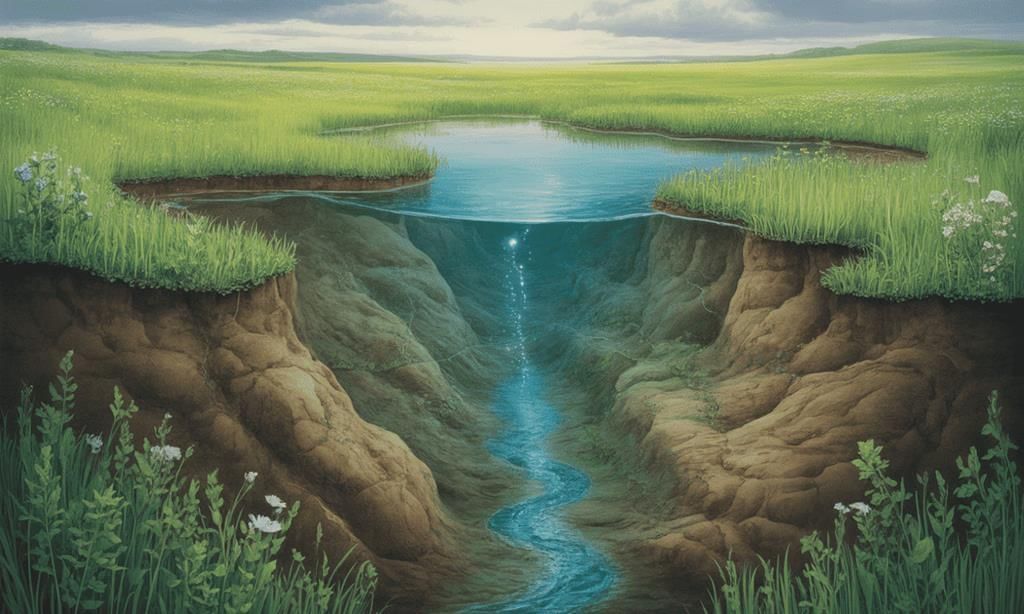 Drought is primarily caused by climate conditions, but human activities can exacerbate the situation. Some of these activities include:
Drought is primarily caused by climate conditions, but human activities can exacerbate the situation. Some of these activities include:
- Deforestation: Cutting down trees for firewood.
- Forest Clearing: Removing forests for agriculture or housing.
- Mining Activities: Engaging in mining operations that disturb the land.
- Poor Farming Practices: Implementing agricultural methods that degrade the land.
- Over-extraction of Groundwater: Excessively tapping into groundwater resources.
There is a belief that severe droughts in developing countries are more influenced by global development policies than by climate factors alone.
Impacts of Drought
Droughts have a wide range of impacts that can be both direct and indirect, affecting areas far beyond the immediate region. These impacts can be categorized as follows:
- Economic Impact: Droughts lead to the loss of agricultural products such as crops, dairy, livestock, and fishery products, resulting in significant economic losses.
- Environmental Impact: Droughts harm plant and animal life, disrupt ecosystems, and cause soil erosion, leading to long-term environmental damage.
- Social Impact: Droughts create food shortages, lead to health issues due to lack of proper nutrition and water, and can spark conflicts over limited water resources, creating social instability.
Precautions Against Drought
In regions prone to drought, various measures can be implemented to mitigate its effects, such as:
- Building Reservoirs: Creating reservoirs to store water for dry periods.
- Educating About Water Conservation: Promoting awareness and practices of water conservation among the population.
- Promoting Scientific Farming: Encouraging agricultural practices based on scientific research to optimize water use and crop yields.
- Optimizing Groundwater Use: Using groundwater resources judiciously to prevent over-extraction.
In India, where drought is a common challenge, government agencies prepare by stockpiling food grains to manage shortages resulting from crop failures.
Water Harvesting Measures
One effective strategy to combat drought is through rainwater harvesting. This involves:
- Collecting runoff from rooftops.
- Gathering runoff from catchments.
- Capturing seasonal floodwaters from local streams in ponds and reservoirs.
- Implementing watershed management.
These techniques serve multiple purposes:
- Providing Drinking Water: Ensuring a supply of clean drinking water.
- Supplying Water for Irrigation: Providing water for agricultural needs.
- Increasing Groundwater Recharge: Enhancing the natural replenishment of groundwater resources.
- Reducing Stormwater Runoff: Minimizing excess runoff, urban flooding, and the overload of sewage treatment plants.
- Preventing Seawater Intrusion: Protecting coastal regions from the intrusion of seawater into freshwater sources.
Local Water Management Strategies
Various local water management strategies offer practical alternatives to large-scale, expensive methods. These strategies can also complement broader water management efforts, making them effective in addressing local water scarcity issues.
Traditional Water Harvesting Methods
Different regions of India have their own traditional water harvesting methods, including:
- Johads and talaabs: These are surface water bodies used for storing and harvesting rainwater.
- Kunds: Underground tanks that store water for various uses.
- Bamboo drip irrigation:. traditional method used in the North-eastern Hills, where bamboo pipes are used to channel water for irrigation.
In cold desert areas like Spiti in Himachal Pradesh, a traditional practice known as kul irrigation has been used for centuries. Kuls are channels that divert glacial water to villages, providing a crucial water source for local communities. These channels can span up to 10 km and are built along steep mountain slopes, showcasing the ingenuity of local water management practices.
Urban Rainwater Harvesting
Urban rainwater harvesting involves various methods to collect and store rainwater in urban and rural settings. For example, at Rashtrapati Bhavan:
- An underground tank with a capacity of one lakh litres is constructed to store rainwater for non-potable uses.
- Rainwater from the northern roof and surrounding paved areas is directed into this tank.
- Overflow from the tank is stored in two dug wells on the premises.
- A dry open well is recharged with rainwater collected from the southern roof and runoff from staff housing.
- A desilting tank is used to remove pollutants from the rainwater before it enters the recharge well, ensuring the water is clean and safe for use.
|
303 videos|635 docs|252 tests
|
FAQs on Land, Surface and Ground Water- 1 - Geography Optional for UPSC
| 1. What is the difference between land, surface water, and groundwater? |  |
| 2. How is surface water different from groundwater in terms of availability? |  |
| 3. What are the major sources of surface water? |  |
| 4. How does groundwater get replenished? |  |
| 5. What are the challenges associated with the extraction of groundwater? |  |
















